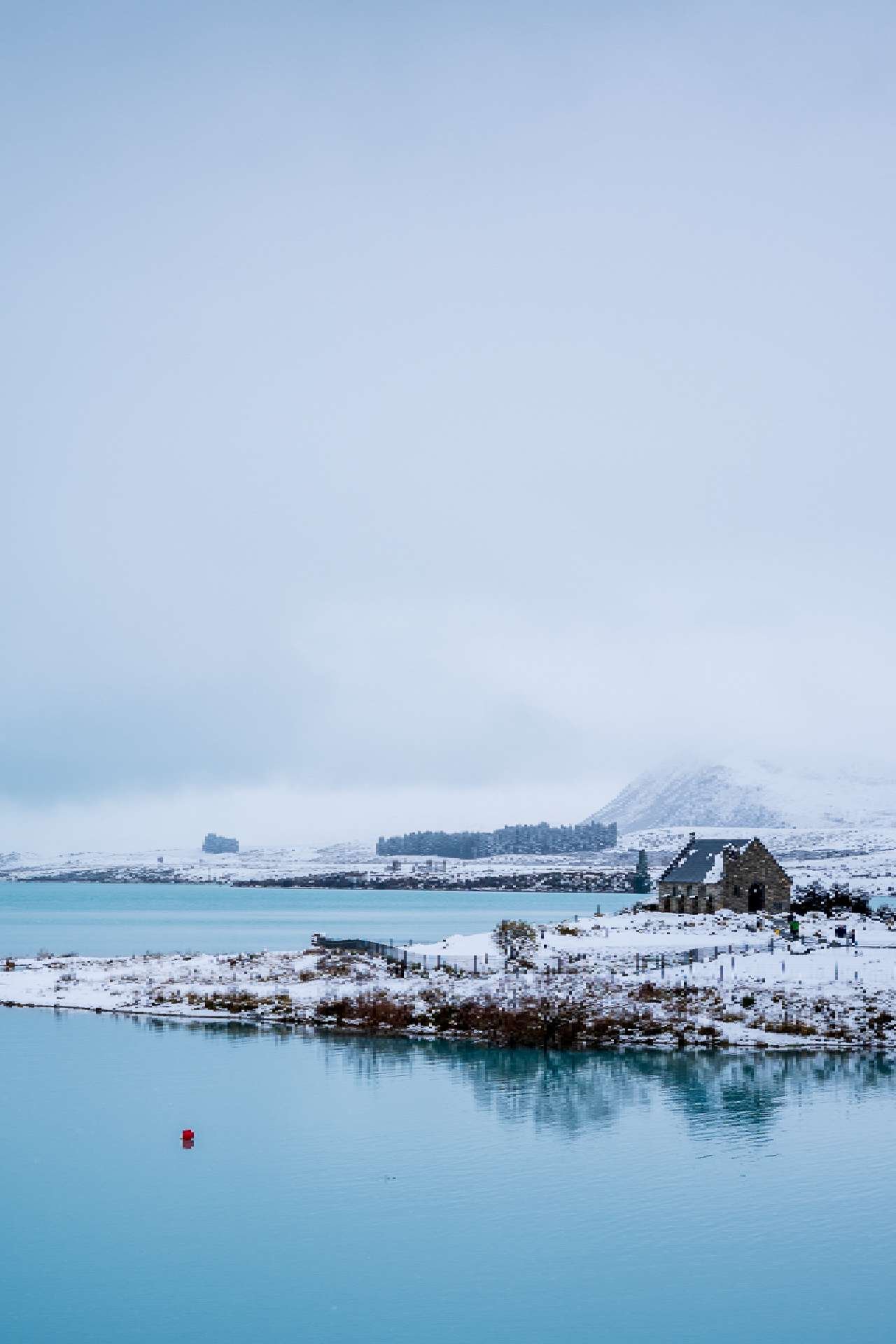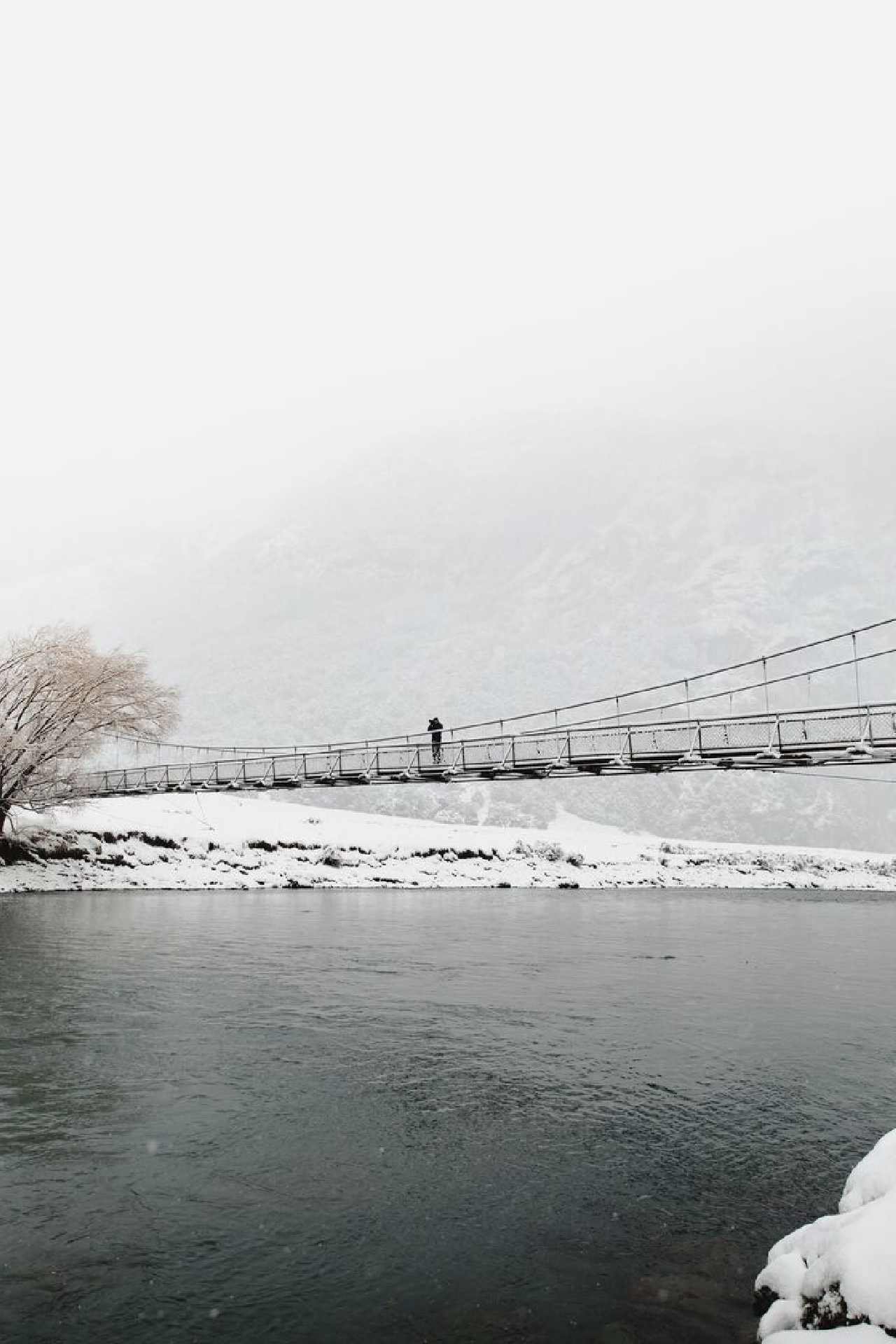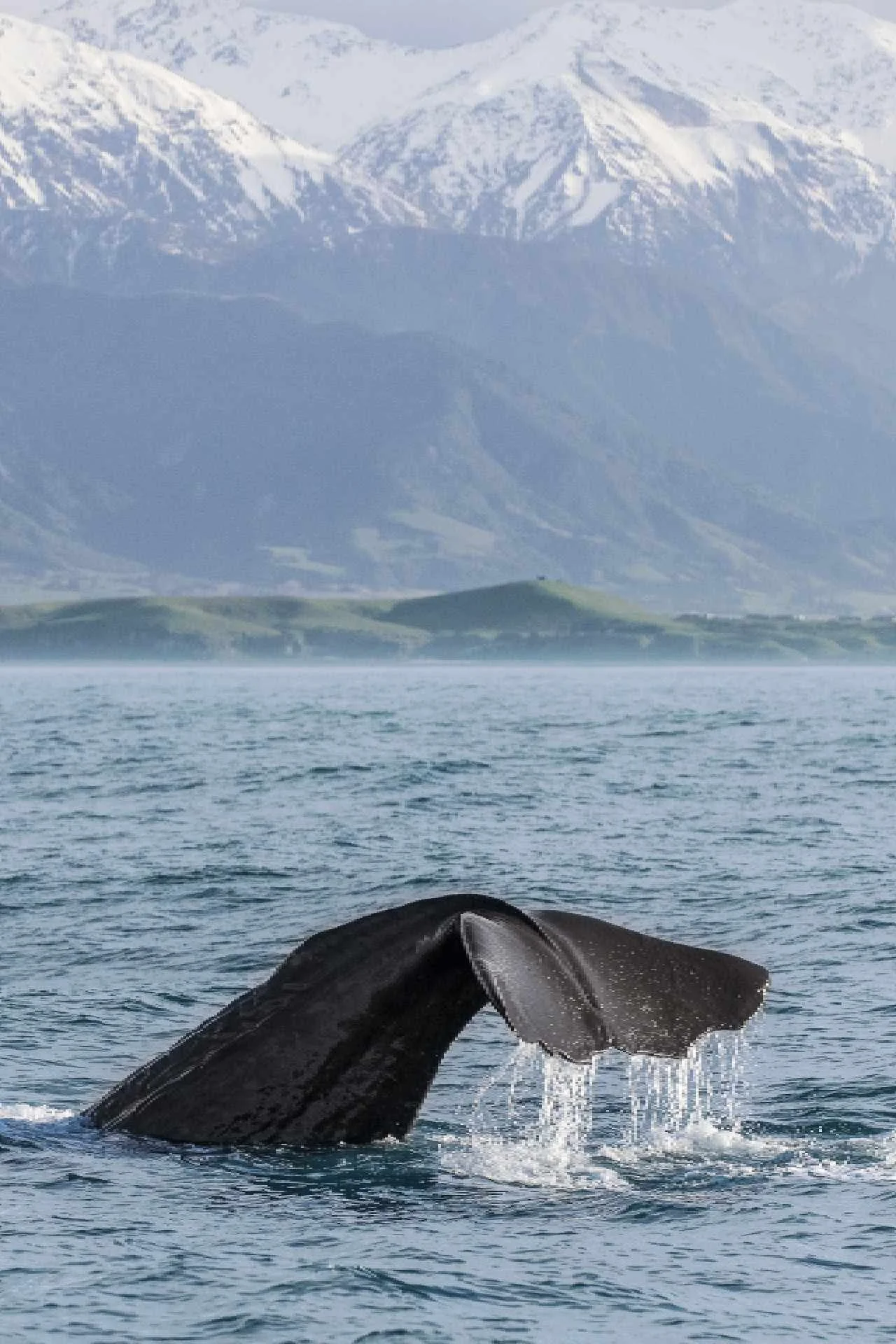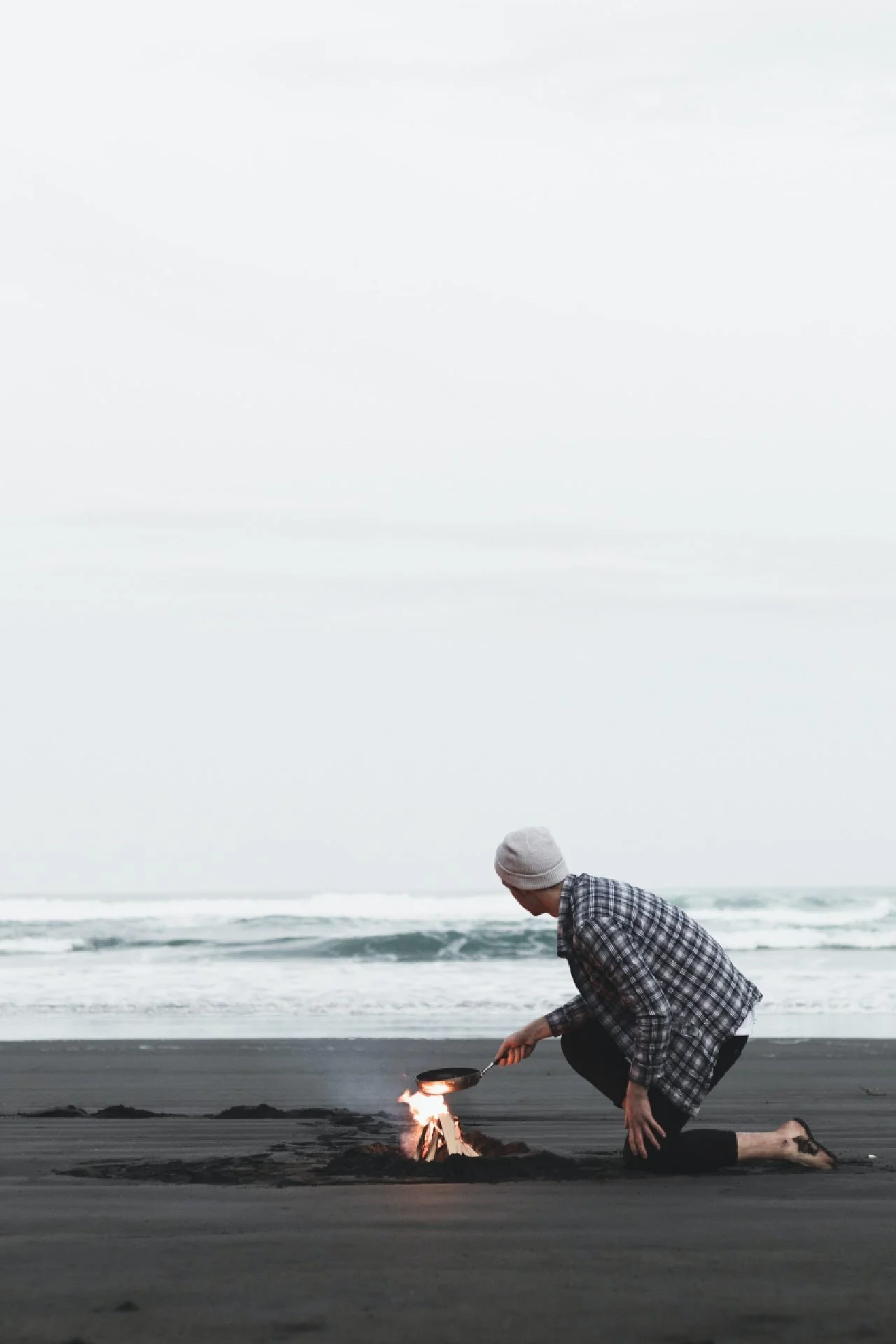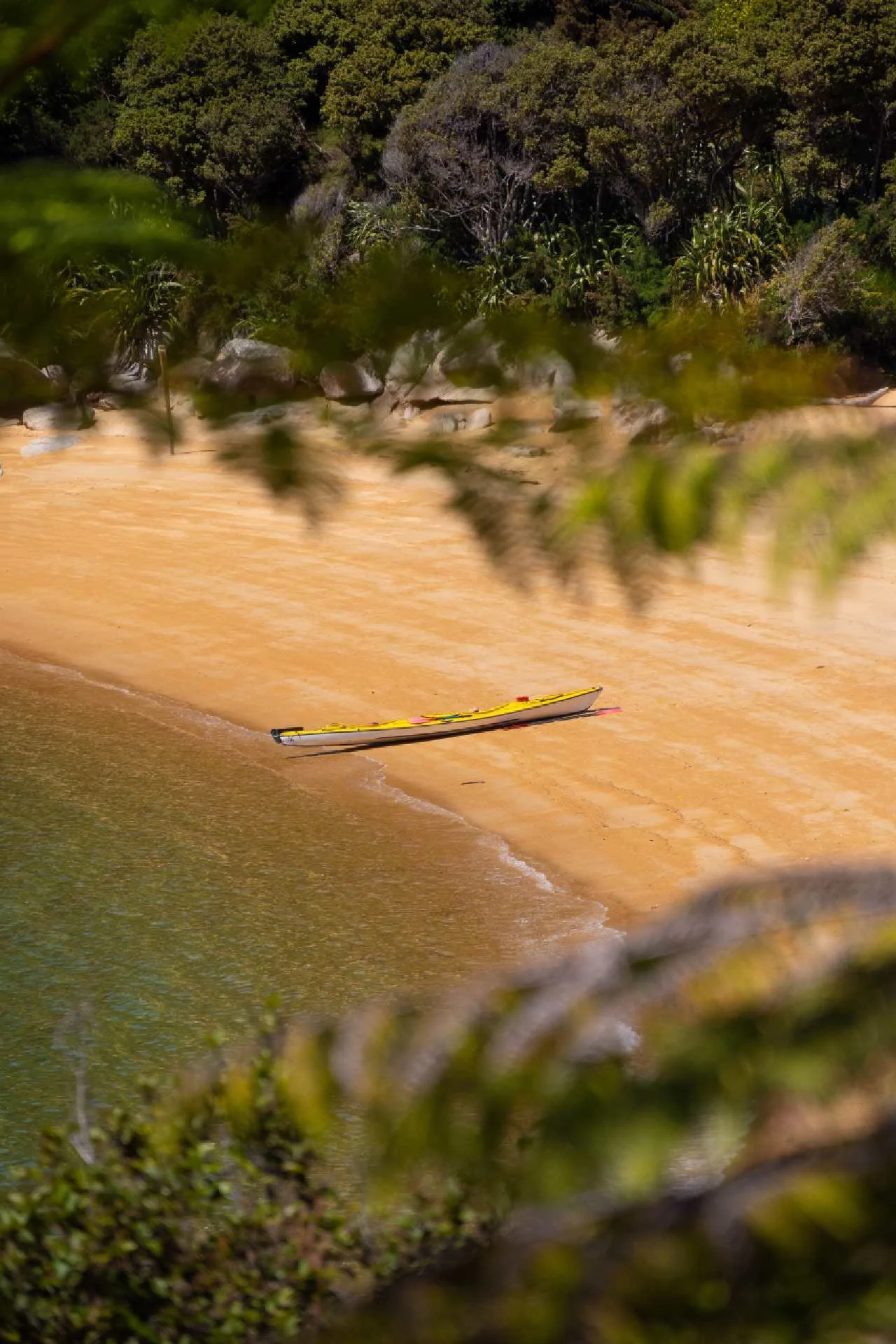New Zealand weather in July
July is mid-winter in New Zealand. Here’s what to expect from the country’s coldest month.
July is the coldest month of the year in New Zealand.
Winter is the season when we tend to slow down and take it easy. Matariki, the Māori New Year, often falls in early July (the dates vary according to the lunar calendar) which is a time for reflection and introspection.
The Matariki principles of remembering the past, celebrating the present, and looking to the future brighten up an otherwise dark month.
For visitors to New Zealand, July can be a great time to visit if you’re not put off by some cold weather.
Here’s what to expect from New Zealand in July.
jump ahead.
Is July a good time to visit New Zealand?
If you love skiing or snowboarding, July is one of the best times to visit New Zealand. The ski fields in both the North and South Islands offer excellent conditions and stunning alpine scenery.
It can also be a great time to visit if you love snow-covered landscapes. The South Island transforms into a winter wonderland with snow-capped mountains and frosty lakeshores.
Plus you have the benefit of lower costs and fewer crowds. July falls outside the peak tourist season, so you'll encounter fewer crowds at popular tourist spots and attractions.
Costs can also fall dramatically. For example, in July you can score campervan rentals for half the price of the summer months, with campervans costing as little as $50 a day for a compact model.
Most locals hunker down and hibernate in July. You’ll likely encounter a cosy atmosphere with wood fires, snug accommodation, and mulled wine on the menu at bars.
New Zealand weather in July
July is smack in the middle of New Zealand winter.
With short days, higher chance of rainfall, and colder temperatures, it’s not a popular time to travel New Zealand for anyone other than powder bunnies.
The North Island in particular can be dreary and grey, with a lot of rain. Auckland averages 15 days of rain in July.
However, the weather doesn’t get extremely cold in the North Island. On sunny days, you might find yourself stripping down to a t-shirt.
Auckland and Northland are particularly mild, with temperatures dropping more as you head south. You’ll notice a big difference in temperature between Auckland and Wellington.
In the South Island, the temperatures are much colder, but there’s less rain. On the West Coast of the South Island, July can actually have drier and brighter days than in the middle of summer.
Compounding the colder temperatures are much shorter days. In Queenstown, the sun rises at 8.24am and sets at 5.15pm, so you have less than 9 hours of daylight.
This means you have less time for sightseeing and will have more quiet indoor evenings than you would in summer.
I travelled in my campervan during July and did find myself going to bed a lot earlier than normal, because the cold, dark, evenings meant there wasn’t much to do around the campgrounds.
Does it snow in New Zealand in July?
As July is the heart of winter, snow can fall in some areas of New Zealand.
Snow rarely falls in the North Island, except for mountainous areas such as Tongariro National Park and Mount Taranaki.
On cold nights with clear skies we do sometimes get frosts in the North Island, but it’s usually a bit of a novelty to see ice on puddles.
Snow is also rare in coastal areas of the South Island, such as Dunedin and the West Coast, but is common further inland and in the Southern Alps. In places like Tekapo and Aoraki/Mount Cook, you might get to experience stunning snowy landscapes.
In July, a lot of hiking trails are inaccessible due to snow and the risk of avalanches. That means hiking options are a bit more limited, but you can still tackle walks at lower altitudes.
Some of my favourite winter walks include the Heaphy Track, the hike to Welcome Flat Hut where you can find natural hot pools, and the Abel Tasman Coast Track.
What temperatures can you expect in New Zealand in July?
Here are some of the average high/low temperatures across the North and South Islands in July:
Auckland: 14° / 7° Celcius, or 57° / 44° Fahrenheit
Wellington: 12° / 7° Celcius or 53° / 44° Fahrenheit
Christchurch: 11° / 1° Celcius or 51° / 33° Fahrenheit
Queenstown: 8° / -1° Celcius or 46° / 30° Fahrenheit
In the North Island, average daytime temperatures range from about 10°C to 15°C (50°F to 59°F).
In the South Island, average temperatures during the day generally range from approximately 8°C to 13°C (46°F to 55°F).
Despite the cold weather in Queenstown, this ski hub comes alive in winter. Bars buzz with boisterous apres ski events throughout July, providing plenty of places to warm up.
Travel tips for visiting New Zealand in July
July is a good month for spotting marine life. Whales are still migrating north toward warmer waters, so you can see humpbacks, southern right whales, and pilot whales in New Zealand waters. And young seals leave home in July, so you can often see them more easily.
Winter swells in the Pacific also make July a good month for surfing in New Zealand. As long as you have a thick enough wetsuit, you can enjoy uncrowded waves throughout the month.
One of the upsides of short days is it means better stargazing in the evening. On clear nights, you can enjoy dark skies in places like Tekapo, inside the Aoraki Mackenzie International Dark Sky Reserve.
Because our seasons are backwards in New Zealand compared to the northern hemisphere, we don’t have holidays in the middle of the year to brighten up the dark winter days.
For this reason, sometimes we make them up — it’s not uncommon for New Zealanders to celebrate a ‘mid-winter Christmas’ which basically involves cooking up a huge roast meal and enjoying it with mulled wine by the fire, with a big group of friends.
What to wear in New Zealand in July
If you’re visiting New Zealand in July, pack for warmth.
In the North Island, you’ll generally be warm enough if you have a nice woollen jumper, but in the South Island you’ll most likely need a proper jacket or parka.
Puffer jackets are good for colder days in the South Island, but a bit less practical in the North Island where it rains a lot. Better to have a rain coat you can throw over a warm jumper.
Base layers are good to pack in July. You can wear them for outdoor activities and sneak them under your clothes even in the city. Merino is the best option, and a classic New Zealand must-have item.
Tip: If you get to New Zealand and realise you don’t have enough warm base layers, pop into local thrift shops (we call them op shops). Especially around Queenstown and Wanaka, second hand merino is common.
Or, check out local outdoors brands like Macpac or Mons Royale.
A beanie is a must-have accessory in New Zealand in July, and I love having a snuggly scarf to wrap up in.
Pack quality winter boots with good traction for snowy or wet conditions. July is one of the only months of the year in New Zealand when I wear closed shoes instead of Birkenstocks or sandals.
Dress in layers so you can adjust your clothing based on changing weather conditions and activity levels.
Remember that New Zealand's weather can change quickly, especially in alpine regions, so it's important to be prepared for a variety of conditions.
Where to go in New Zealand in July
1. Abel Tasman National Park
The top of the South Island remains mild even in winter, with temperatures rarely dropping below zero.
This can make July a great time to hike the Abel Tasman Coast Track.
You will be able to find space in the huts, which are booked out over summer, and the golden bays and turquoise water are just as stunning in winter sunshine.
2. Aoraki/Mount Cook National Park
You can hike the Hooker Valley Track, one of New Zealand’s most epic day walks, at any time of year.
In July, the track is even more spectacular than usual, with shimmering ice on the mountain peaks and sizeable ice bergs drifting in the glacial lake below Aoraki/Mount Cook.
3. Rotorua
Rotorua is an awesome winter destination thanks to the number of natural thermal pools in this geothermal town.
Kick back and relax in a Secret Spot hot tub, or enjoy a bubbling mud bath.
Rotorua also offers plenty of great indoor activities, such as Maori cultural shows, and lake walks that are beautiful in any weather.
4. Christchurch
Christchurch makes a great base in winter.
As well as having plenty of galleries, cafes, and museums to explore in the town itself, you can head to nearby ski fields to make the most of the snow, and also take a trip to Hamner Springs to indulge in some hot pools.
Thanks for reading this far! I hope you have a better idea of what to expect from July in New Zealand.
You might also like:
